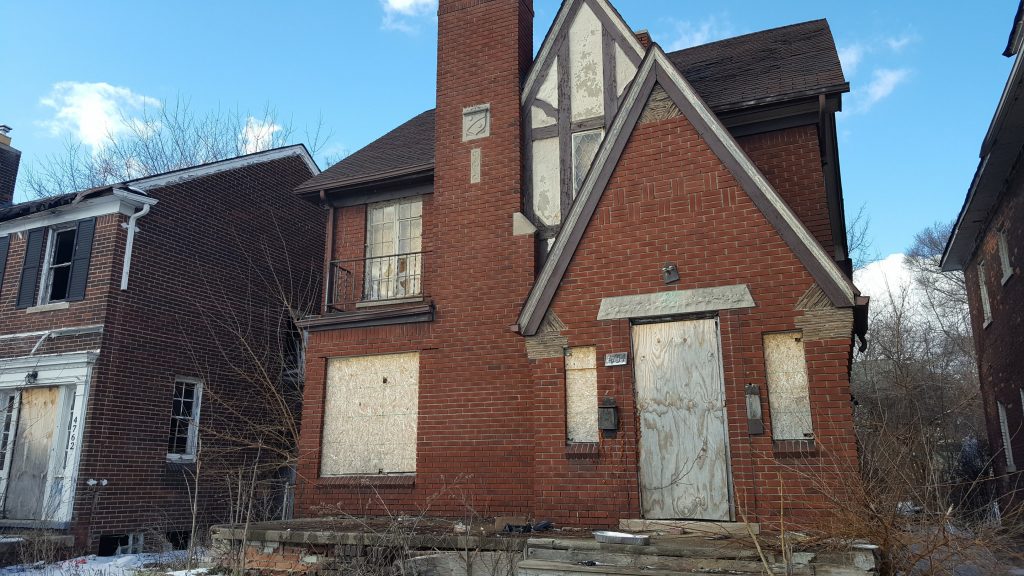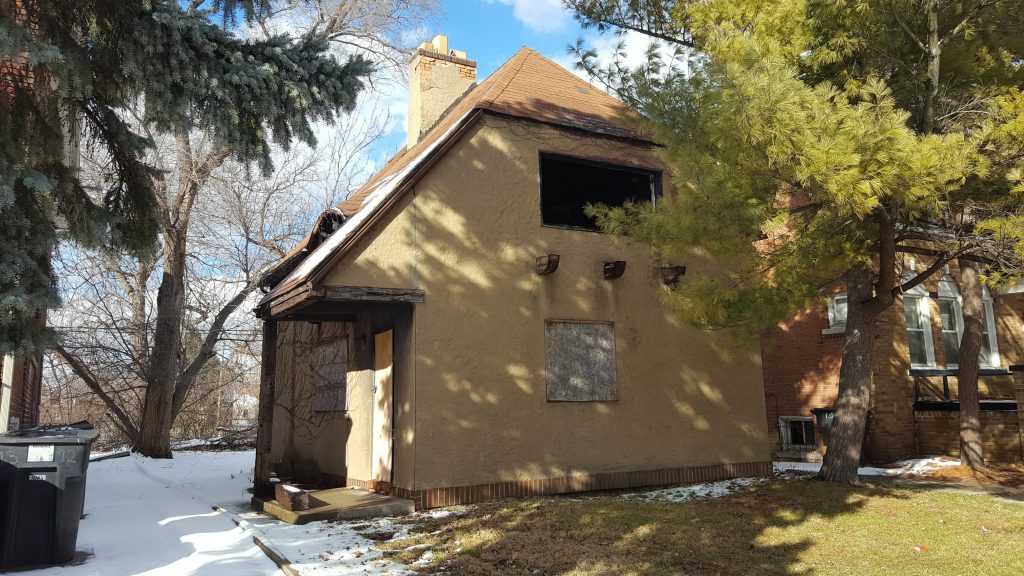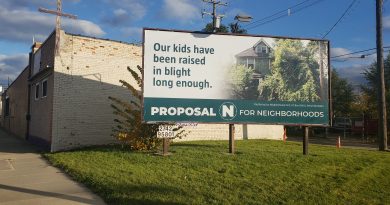Pattern Zoning: What Is It? Is It Good?
The Michigan Municipal League recently released a guide that looks at the history of pattern zoning in the Mitten State. The built environment of the peninsula amoena, they point out, was largely developed through a lot of big tracts that had similar styles of housing. We can see a lot of this in Detroit. Many of the city’s neighborhoods were developed quickly around industrial clusters, beginning in the 1920s and ending some time in the midcentury, when the city began a long period of decline with limited development. The MML suggests that maybe it’s time to revisit this model as a way to encourage better new construction in the age of the great housing drought.
Okay– How Does It Work?
Growing up, I had a bunch of friends whose families moved out to the burbs, and I remember that they’d always say “we’re building a house.” At the time, I remember being confused. Were they building their own house with their own two hands? No, sweetie. Well, then why did they keep saying that they were, mom?! This is truly a peculiarity of modern American English that I may never understand. It must factor directly into the obsession with individualism and the contrived perception of “suburban lifestyle as manifestation of individual agency.” But I digress.
This was the dominant paradigm where I was growing up in the 1990s and 2000s. There wasn’t much in the way of pattern zoning. This now brings us to the question of how we are differentiating pattern zoning from, well, privately-led, greenfield real estate development.



Pattern Zoning and the Business of Real Estate Development
Imagine, if you will, that you’re a developer. You’ve got a little bit of daddy’s money, a newer Dodge Ram 1500 Limited Longhorn™, your executive MBA from the satellite location of your state’s second-best public university, and no fewer than four brain cells to rub together. You’ve slick-talked your way into a deal on a 234-acre site outside of a stagnant Midwestern city, and now you have to figure out how to develop it. Your first option? You could contract with an architect to build every home and hope that people sell them. This is speculative, and it’s therefore risky. Or, you could have the architect of record for your favorite contractor produce several home designs to suit each and every budget. You can get high-quality renderings made. And then you can sell these homes. You’ll need to be well into the entitlement process, but you don’t need to have the project 100% locked down to get started with this.
Developers often presell homes because it helps with financing. In exchange for the buyer assuming some risk– perhaps the project is behind schedule or, say, it turns out that the whole neighborhood turns out to have been built on an ancient Indian burial ground– these first buyers can pick out what style of house they want. There are usually a limited number of styles. Would you like this model with the six-car garage and the two-bedrooms plan, or are you but a simple peasant and you might prefer only a three-car garage? Another element here is that it’s also possible for the developer to eke out a few extra percentage points in profit by customizing the offering beyond the simple design of the building shape and façade. Do you want to upgrade to RealBrick veneer for $27,600? How about real, site-finished, North American hardwood plank flooring instead of the stock, urea formaldehyde-laden engineered wood?
So, anyway, this is one approach, and it’s typical (in some way, shape, or form) of how private development gets done.

So, like form-based code?
Well, kinda! Very few cities have actually figured out how to do form-based code. In Detroit, for example, there are a few FBC overlay districts. But the city zoning machine is ginormous, with a lot of the actual law in it going back to the 19th and early 20th centuries, and being largely irrelevant for 2022. It’ll probably take at least ten or twenty years to figure out how to actually do away with the original zoning code.
But form-based codes generally lack the granularity of detail in the likes of pattern zoning. While some form-based codes have become comparably as cumbersome as the Euclidean or use-based codes they were developed to replace, that’s not their intent, and it’s important to suggest here that they should be emphasizing design standards, not necessarily rigidly prescriptive (or proscriptive) rules. In other words, FBCs aren’t meant to replace
Other considerations?
Pattern zoning can’t work unless municipalities are proactively calling the shots on new development and infill. It may go without saying that the most “pro-growth” geographies are also the most fragmented in terms of cities that will allow all manner of egregious strip malls and tract housing while also allowing preposterously stiff local management that often veers far into, well, very bad places as far as hindering sustainable or equitable development. A lot of subdivisions are managed by the dictatorial fiat of a local Homeowners Association, or HOA. These feudal NIMBYhives are usually citizen-led boards that, far from creating pattern zoning or form-based code parameters for the neighborhood, spend more of their time going after, you know, little old Mrs. Tannenbaum for putting up that menorah in her window (this really happened). Or even Christmas lights.

Aesthetics are certainly a consideration, too. The critique of the suburban ticky-tacky– it’s always a good time to remember that Malvina Reynolds’ song was written about the Bay Area when that was the “pro-growth” realm du jour- is usually that the houses just all look the same. (Reynold’s inspiration even referred to the housing even being painted different colors, which is more than most suburbs can say). After all, McMansions made out of brick are still cookie-cutter’d McMansions. Fortunately, there’s a pretty vibrant– no pun intended- discourse around the realm of historic paint colors. It’s not any sort of rulebook. It’s just a way of looking at how we used to paint houses (in terms of hue, not in terms of tetraethyl lead). These are things that can easily fit into the purview of pattern zoning.
A Good Starting Point
MML’s guide doesn’t present itself as, “hey, this is the best idea ever!” Rather, it presents itself as a toolkit and a starting point for further discussion. That’s an important thing as most city planners are scratching their heads these days about how to figure out this issue of “missing middle” housing. Or how to solve the issue of every commercial mixed-use project looking exactly the same– four-over-one, five-over-one, six-over-one, seven-over-two, whatever. It’s all pretty ugly, let’s be real. Is pattern zoning the best way to mitigate this ugliness? Maybe it’s a good start. MML provides a number of ideas of pairing with other strategies for everything ranging from financing to promoting incremental development. Check out the guide here.


